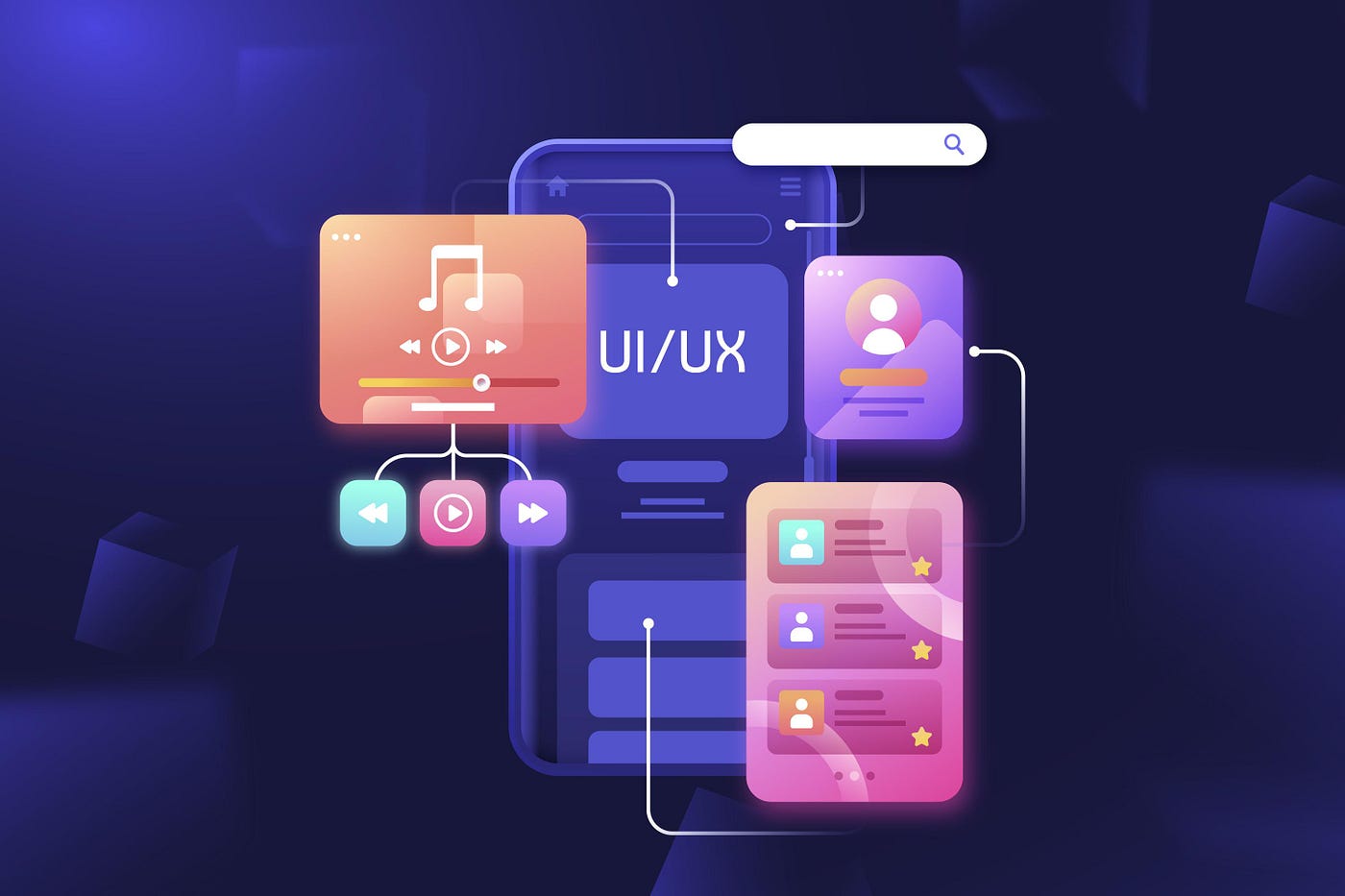The over-the-top (OTT) streaming landscape is more competitive than ever, but with the right strategy, a new app can still find its niche. This comprehensive guide provides a detailed roadmap for developing and launching a successful OTT mobile application in 2025, from the initial ideation phase to post-launch optimization.
Step 1: Market Research and Niche Definition
Before a single line of code is written, a deep understanding of the market is crucial. The key is not to compete with giants like Netflix or Disney+, but to find and serve a specific, underserved audience.
- Identify Your Niche: Instead of broad entertainment, consider a vertical like educational content, niche sports, indie films, or specialized documentaries. A focused content library attracts a dedicated user base.
- Target Audience Analysis: Who are you building this for? Analyze their viewing habits, preferred platforms, and willingness to pay. This research informs everything from content acquisition to pricing models.
- Competitor Analysis: Study existing players in your chosen niche. What are they doing well? Where are their weaknesses? Can you offer a better user experience, a more compelling content library, or a unique feature?
Step 2: Defining Your Business Model
The way you monetize your app will shape its entire development and content strategy. There are several primary models to consider:
- Subscription-based Video on Demand (SVOD): This is the most popular model, where users pay a recurring fee for unlimited access to the content library. It provides a predictable revenue stream but requires a constant influx of high-quality content to retain subscribers.
- Advertising-based Video on Demand (AVOD): This model offers free access to content, with revenue generated from advertisements. It’s great for attracting a large user base quickly but can be less lucrative per user and requires managing ad inventory.
- Transactional Video on Demand (TVOD): Also known as pay-per-view, this model allows users to rent or purchase individual pieces of content. It’s ideal for new movie releases, live events, or premium content that users might not want to subscribe for.
- Hybrid Models: Many successful apps combine these models, such as offering a free ad-supported tier and a premium ad-free subscription.
Step 3: Technology Stack Selection
Choosing the right technology stack is a critical decision that impacts scalability, performance, and development costs.
- Video Content Management System (CMS): A robust CMS is essential for uploading, transcoding, and managing your video assets. It should support various video formats and integrate with your app’s backend.
- Content Delivery Network (CDN): To ensure fast and buffer-free streaming, a CDN is non-negotiable. It distributes your content across a network of servers globally, delivering video from the server closest to the user.
- Platform & Frameworks:
- Native Apps: Developing separate apps for iOS (Swift/Objective-C) and Android (Kotlin/Java) offers the best performance and user experience, but it’s more time-consuming and costly.
- Cross-Platform Frameworks: Frameworks like React Native or Flutter allow you to use a single codebase for both iOS and Android, accelerating development and reducing costs.
- Web & Smart TV: Don’t forget to consider web browsers and smart TV platforms (like Roku, Apple TV, and Android TV) to maximize your reach.
Step 4: Minimum Viable Product (MVP) Development
An MVP is a version of a new product that allows a team to collect the maximum amount of validated learning about customers with the least effort. For an OTT app, this means focusing on core functionalities.
- Core Features of an OTT MVP:
- User authentication (sign-up/log-in).
- Basic video playback functionality.
- A simple, intuitive content discovery interface (e.g., a home screen with a few categories).
- User profiles and a “continue watching” feature.
- Payment gateway integration (if applicable).
- Development Process: Utilize an agile methodology to build the MVP. Work in short sprints, test features, and gather feedback. This iterative process allows you to quickly adjust based on real user behavior.
Step 5: Pre-Launch Checklist
Once the MVP is ready, a final checklist ensures a smooth launch.
- Beta Testing: Recruit a small group of users to test the app in a real-world environment. This helps identify bugs, performance issues, and UI/UX problems before the public launch.
- App Store Submissions: Prepare your app’s listings for the Apple App Store and Google Play Store. This includes writing a compelling description, creating engaging screenshots, and preparing promotional materials.
- Marketing & PR: Build hype around your launch. Use social media, press releases, and content marketing to create awareness and generate early sign-ups.
Step 6: Post-Launch Optimization and Growth
The launch is just the beginning. The real work starts now.
- User Feedback and Analytics: Use analytics tools to track user engagement, viewing habits, and retention rates. Actively solicit feedback to understand what your users love and what they want to see next.
- Content Strategy: Based on analytics, continually refine your content strategy. License new content, invest in original productions, or remove underperforming titles.
- Technical Optimization: Regularly update the app to fix bugs, improve performance, and add new features. This could include adding offline downloads, creating personalized recommendations, or expanding to new platforms.
Conclusion
Launching an OTT app in 2025 is a marathon, not a sprint. By following a structured roadmap that prioritizes market research, a well-defined business model, a scalable technology stack, and an iterative app development process, you can build a platform that not only captures but also retains a loyal audience. The future of streaming is about specialization, and by focusing on a niche and delivering an exceptional user experience, your app can stand out in a crowded market.




